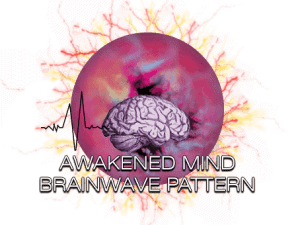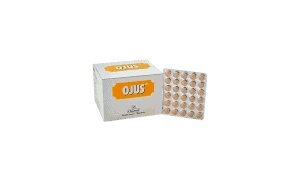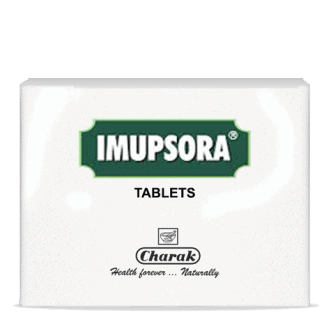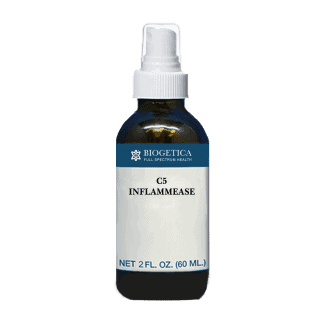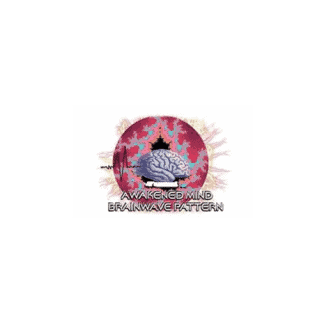Constipation is a condition in which bowel movements become sluggish causing difficulty in passing stools. It is a condition that causes disturbances in the digestive system. Obstinate constipation can lead to the accumulation of toxins, which then perfuse into the circulatory system and get carried all through the body.

Los síntomas asociados con el estreñimiento
Aunque el estreñimiento en sí mismo es un síntoma, podría conducir a la aparición de otros síntomas. Los siguientes signos pueden indicar estreñimiento:
- Menos de tres evacuaciones por semana.
- Heces duras, secas y pequeñas
- Dificultad para pasar las heces.
- Esforzarse para pasar las heces
- A sensation of incomplete evacuation
- Hinchazón
- Dolor o molestia abdominal
- Dolor de cabeza
- Apetito disminuido
- Mal sabor en la boca.
- Náusea
- Sensación de cansancio
A veces, el estreñimiento puede llevar a complicaciones como hemorroides o fisuras. En casos muy graves, incluso puede provocar un prolapso rectal (donde una porción del intestino sobresale del ano).
Fisiopatología del estreñimiento.
Las paredes internas de los intestinos grandes tienen membranas mucosas convulsas. Estos se llaman criptas. Están presentes para que la absorción máxima de agua y nutrientes pueda tener lugar aquí. A medida que los alimentos pasan del estómago al intestino grueso, el agua es absorbida por el cuerpo y los alimentos sobrantes forman productos de desecho o heces. El movimiento peristáltico del intestino grueso impulsa las heces hacia el recto. Entonces, cuando el excremento llega al recto, es sólido porque la mayor parte del agua ha sido absorbida.
El estreñimiento puede ocurrir si:
- El intestino grueso absorbe demasiada agua, lo que hace que las heces sean duras.
- El movimiento peristáltico de los intestinos no es lo suficientemente bueno y las heces se mueven muy lentamente. Cuanto más permanecen las heces en el intestino grueso, más duras serán, debido a la absorción de agua.
Causas del estreñimiento:
Lack of sufficient fiber in the diet – Fiber is that part of fruits and vegetables which our body cannot digest. It helps to increase the bulk of stools and prevents constipation. Surveys show that Americans eat an average of 5 to 14 grams of fiber daily, which is short of the 20 to 35 grams recommended by the American Dietetic Association. Both children and adults often eat too much refined and processed foods, from which natural fiber has been removed.
Inadequate consumption of liquids – As discussed above, the large intestine absorbs water from food. Consuming sufficient liquids will ensure that the stools do not become excessively dehydrated. This will keep them soft and they will be easier to pass. However, liquids that contain caffeine and alcoholic beverages interfere with the water cycle of the body and cause dehydration.
Lack of physical activity – Though a direct co-relation has not yet been established, constipation is found to be more prevalent in sedentary individuals.
Por ejemplo, el estreñimiento a menudo ocurre durante una enfermedad, si una persona está restringida a la cama. La falta de actividades físicas está vinculada con el estreñimiento también en las personas mayores.
Certain medications – There are certain medicines that cause constipation because they interfere with the normal nutrient-water cycle of the body. E.g. pain medicines that have narcotics, antacids that contain aluminum and calcium, blood pressure medications, antiparkinson drugs, antidepressants, iron supplements, diuretics, etc.
Changes in life – – During pregnancy, there are a lot of hormonal changes in the body. Also, the fetus directly compresses the intestines. This reduces the peristaltic movement of the intestine, causing constipation. Aging may also affect bowel regularity, because a slower metabolism results in less intestinal activity. Travelers also often face this problem because their normal diet and biorhythmic patterns are disrupted, and the body takes time to adjust to new routines.
Abuse of laxatives – Over-the-counter Laxatives are an effective means of counteracting constipation. However, with time, your body gets used to the dose and the dosage needs to keep increasing, in order to be effective. The use of laxatives could become habit forming, and eventually, you may not be able to pass stool without them.
Ignoring the urge to pass stools – Ignoring the urge to pass stools may eventually cause one to stop feeling the urge to pass them, which can lead to constipation. For eg: Being uncomfortable using public toilets or inaccessibility during a busy work day.
Certain illnesses- There are some diseases that can make the intestines sluggish. These include certain neurological problems, systemic conditions, metabolic and endocrine disorders.
Diagnóstico de estreñimiento
Si el médico sospecha una patología subyacente detrás del problema, puede recomendar al paciente cualquiera de las siguientes pruebas:
Physical examination – The physician will perform a rectal examination to evaluate the tone of the muscles of the anal sphincter. He will look out for any tenderness in the area.
Blood tests – The physician may advise the patient to get blood and thyroid tests done to eliminate the possibility of thyroid or other metabolic disorders.
Additional tests – Extensive testing is usually carried out for cases with severe symptoms, which cannot be relieved by dietary and lifestyle changes.
Estos son:
Colorectal transit study – The patient is given capsules containing small markers that are visible on x-ray. The movement of the marker is then followed by a series of x-rays. This test enables the physician to understand how well food moves in the intestines.
Anorectal function tests – These are a series of tests conducted to diagnose constipation caused by abnormal functioning of the anus or rectum (anorectal function). These include anorectal manometry balloon expulsion tests, defecography, etc.
Barium enema X-ray – The patient is given a barium liquid to drink. This liquid coats the inside of the colon and rectum and makes it visible on the X-ray. This test is especially useful if the physician is suspecting an intestinal obstruction.
Sigmoidoscopy or colonoscopy – An examination of the rectum and the lower or sigmoid colon is called a sigmoidoscopy; and the examination of the rectum and entire colon is called a colonoscopy. In both examinations, a tube is inserted through the anus to inspect the respective areas directly. This test also enables the physician to take a sample of the intestinal lining for biopsy.


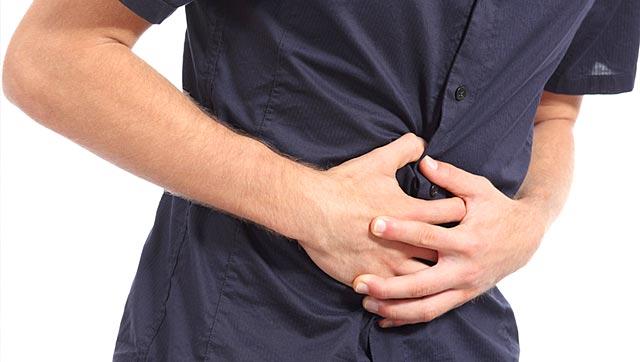











 We have a 100% money-back guarantee, to support our firm belief in our products, and to build trust in customers who have been facing battles they thought would be lifelong! You may return the products within 90 days of your order date for a full refund of the purchase price. You may alternatively request a free consultation and additional remedies if you are not 100% better. Our mission is fulfilled only when you are better. Hence, we stand by our customers and do what it takes to make you feel great! We can afford to do this, because the customers who re-order or refer us to friends and family, are 20 times more than those who ask for a return. So, go ahead and give us a try. You’ll be glad you did.
We have a 100% money-back guarantee, to support our firm belief in our products, and to build trust in customers who have been facing battles they thought would be lifelong! You may return the products within 90 days of your order date for a full refund of the purchase price. You may alternatively request a free consultation and additional remedies if you are not 100% better. Our mission is fulfilled only when you are better. Hence, we stand by our customers and do what it takes to make you feel great! We can afford to do this, because the customers who re-order or refer us to friends and family, are 20 times more than those who ask for a return. So, go ahead and give us a try. You’ll be glad you did.












